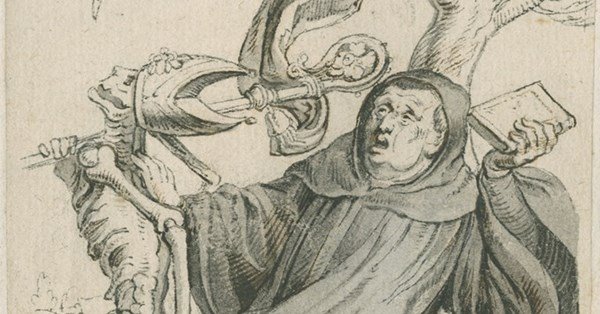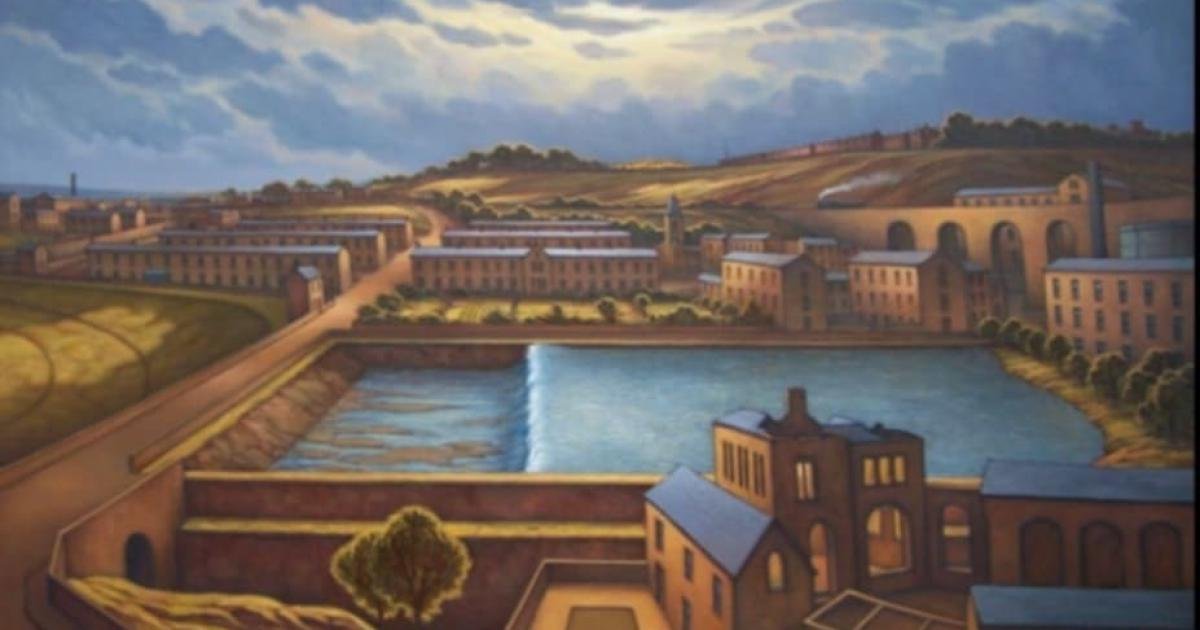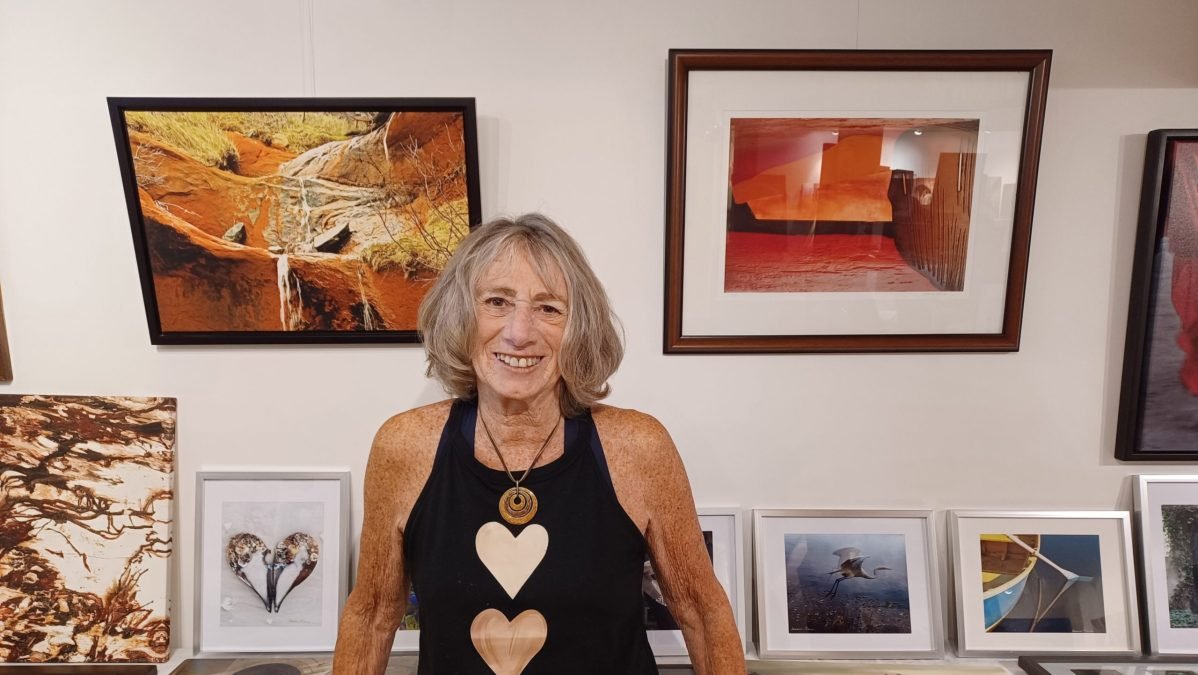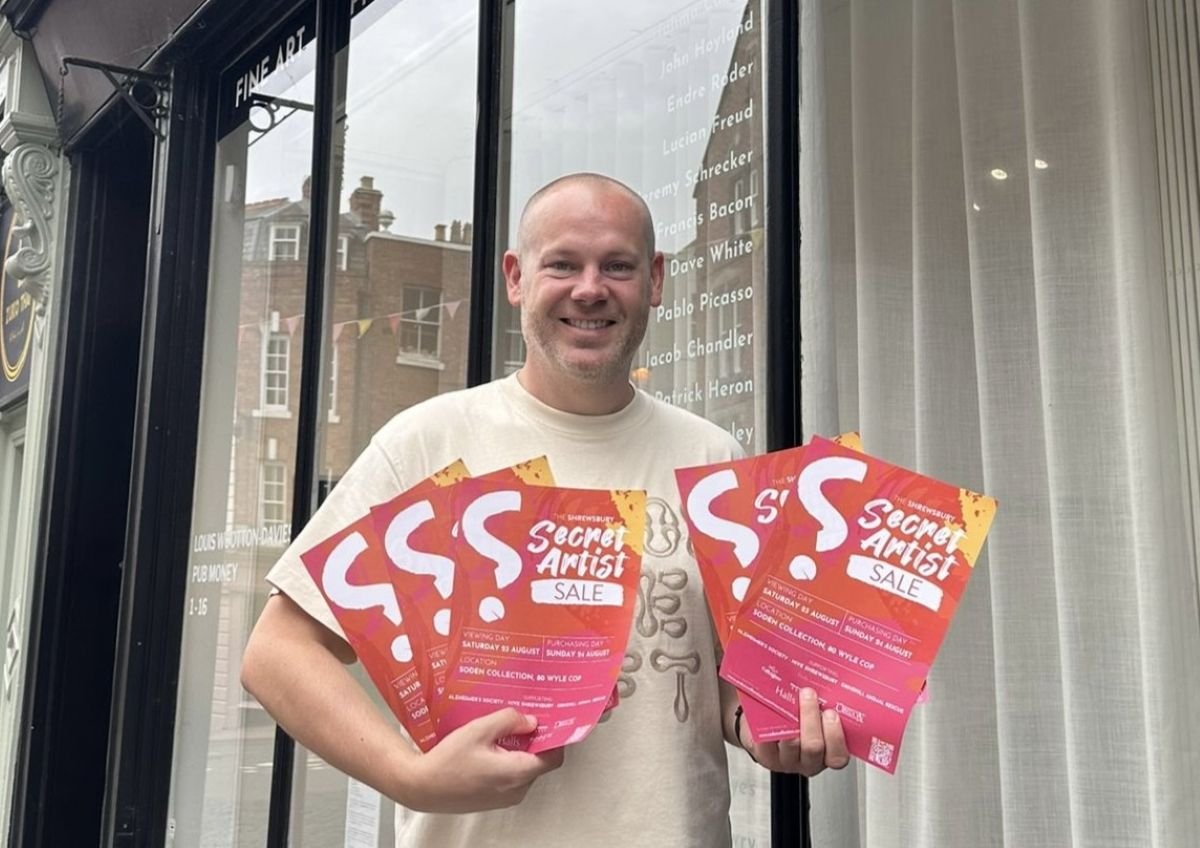ANTWERP remains a city of churches in the heart of what we think of as Catholic Flanders. Despite the exhibition’s subtitle, the organisers recognise that this part of the southern Netherlands was properly in Brabant and never in the Duchy of Flanders.
Worshippers in the Dominican Sint-Pauluskerk enter a Baroque church built into an earlier Gothic structure, a rebuild necessary after the Calvinists destroyed much of it in 1578.
Along the north aisle hang the Fifteen Mysteries of the Rosary, painted by leading local artists between 1617 and 1619. By then, the Dominicans had also acquired one of Caravaggio’s paintings from his first visit to Naples (1606-07), the Madonna of the Rosary (Vienna, Kunsthistorisches Museum). It stood above the aisle’s altar, but, in 1786, the Emperor Joseph II visited the church and “acquired” it from the friars. A faithful copy of the work by André-Bernard de Quatermont is in its place.
Of the Sorrowful Mysteries, David Teniers I painted the Agony in the Garden, and Peter Paul Rubens donated the Flagellation in 1617. The Dominicans commissioned Jacques Jordaens for the Crucifixion, and the Carrying of the Cross was entrusted to the teenage Anthony Van Dyck, aged just 19.
This was his first public commission, and the sketch for it, squared up in black chalk for the final painting, is one of the highlights of this exhibition, among master drawings by both Rubens and Jordaens and many others.
The sheer inventiveness of the composition combines the third, fourth, and fifth of the Stations of the Cross (Jesus falls for the first time, Jesus meets his mother, and Simon helps carry the cross) with an intensity that, none the less, celebrates each individual.
Elsewhere for the same church, Jordaens provided the Martyrdom of St Apollonia for the high altar. More than half a metre tall, this modello was agreed by the Dominicans ten years later. Even allowing for its format, it is muddled and has little of the impact that the much younger Van Dyck achieved.
In the first room is an anonymous design for an altarpiece that a later hand attributed to Abraham van Diepenbeeck. In the foreground stand the four Evangelists in an unusual order, John and Matthew on one side, Luke and Mark on the other. Behind them, beyond the twisted barley-sugar columns of the temple in the middle ground, are four Doctors of the Church.
In the centre, the Host is exposed on an altar with, up above, a representation of Christ on the cross, with three angels gathering his blood into chalices. The artist and the commissioner have adopted the precepts of the Council of Trent, as it is centred on Christ in heaven, on the cross, and present on the altar. Of the Blessed Virgin Mary, there is no sign.
After a hard-won fight, both Antwerp and Brussels had returned to the Catholic faith in the 1570s, and many of the drawings in the show depict religious scenes, whether for paintings or in designs for metalwork and for stained glass.
 Museum Plantin-Moretus, AntwerpSir Anthony Van Dyck (1599-1641), after Titian, Christ and the Adulterous Woman (c.1622-23)
Museum Plantin-Moretus, AntwerpSir Anthony Van Dyck (1599-1641), after Titian, Christ and the Adulterous Woman (c.1622-23)
For a silver water stoup, Artus Quellinus (attributed) in the second half of the 17th century, depicted the Baptism of Christ. The banderol on the cruciform staff carried by John swirls around it, serpent-like, and reminds us of Moses and the bronze serpent (Numbers 21.9 and John 3.14).
Jan van der Straet (1523-1605) provided a finished design for a stained-glass window of the story of Gideon with the Israelites attacking the Midianites and Amalekites (Judges 6-8). The sound of the trumpets, the clash of weapons, and the din of a cavalry battle are reminiscent of another of his drawings (Vienna, Albertina) of the death of Saul and the violence of the Philistines, dated 1579.
My two favourite drawings are the scene of the wedding feast at Cana in Galilee by the Protestant artist Joos van Winghe, who had fled Brussels for the safety of Frankfurt after the city returned from Calvinism to Catholicism. The central focus is on the servant pouring from one of the six jars, five of which stand at his feet. Jesus looks grumpy rather than downcast and quite ignores his mother and the bride opposite, who wears a diadem.
And then there is Rubens’s letter of apology, dated 18 January 1618, to an otherwise unknown patron, Mr Felix, for failing to finish a design that he sends him of the boy bringing loaves and fish to Jesus to feed the Five Thousand (John 6.1-14).
But the works are by no means all religious. Jacques Jordaens eavesdropped on five gossips standing in the street beneath his studio window on 1 October 1659, and Rubens brilliantly captured the slightly troubled gaze of the 45-year-old Thomas, Lord Arundel, many of whose collection of antique sculptures are elsewhere in the Ashmolean.
A 1640 design by Jordaens (one of 20 or so as part of a surprise gift for Henrietta Maria from Charles I for the Queen’s House in Greenwich) has Psyche comforting Pan, which is made more poignant when we consider the fate of Charles Stuart, her exile, and the coming Civil War.
“Bruegel to Rubens: Great Flemish Drawings” is at the Ashmolean Museum, Beaumont Street, Oxford, until 23 June. Phone 01865 278000. www.ashmolean.org






